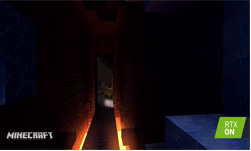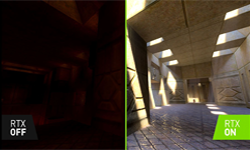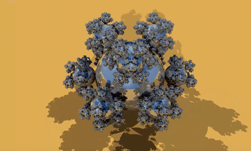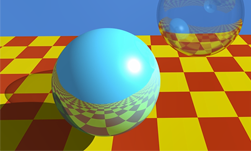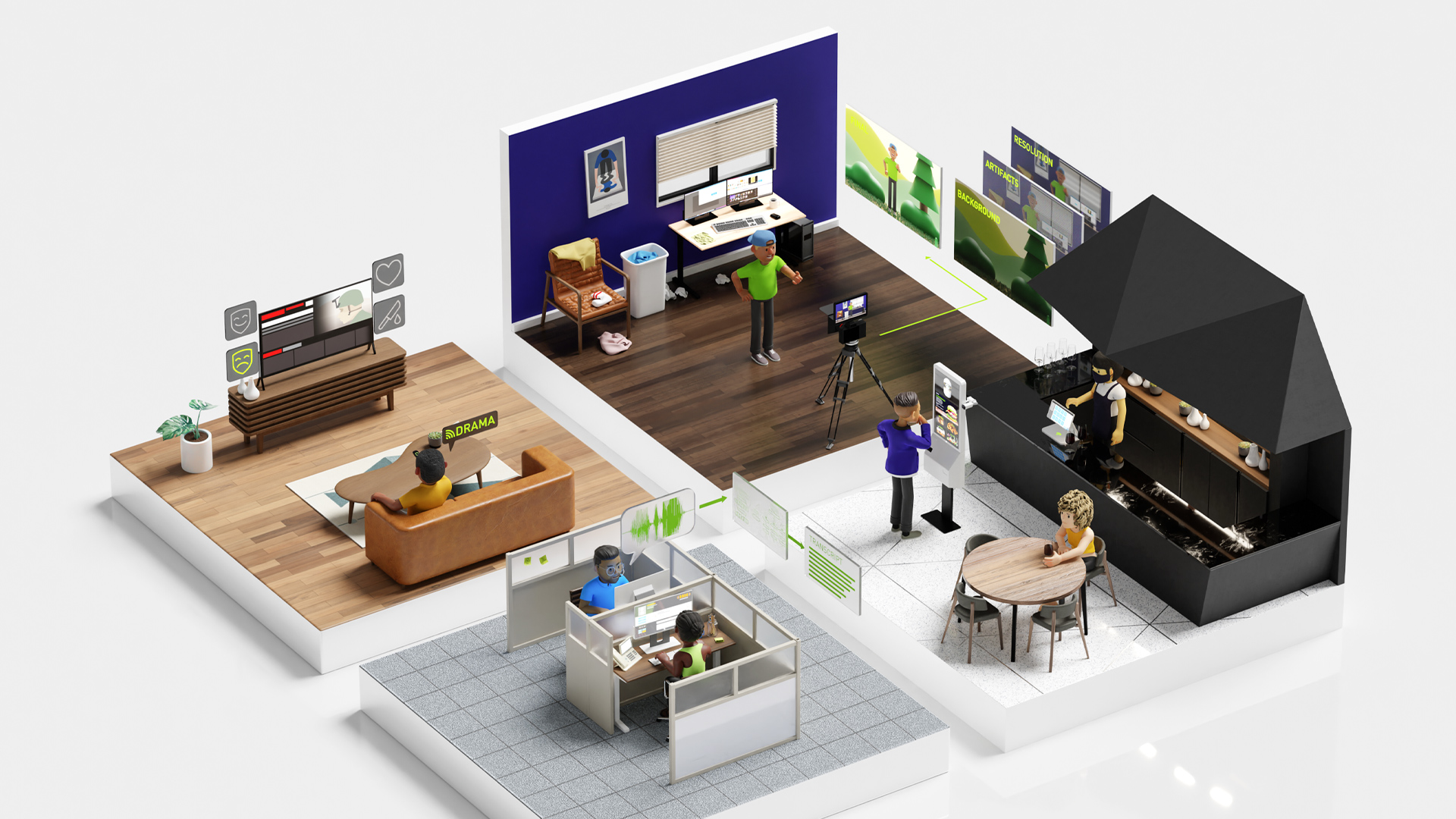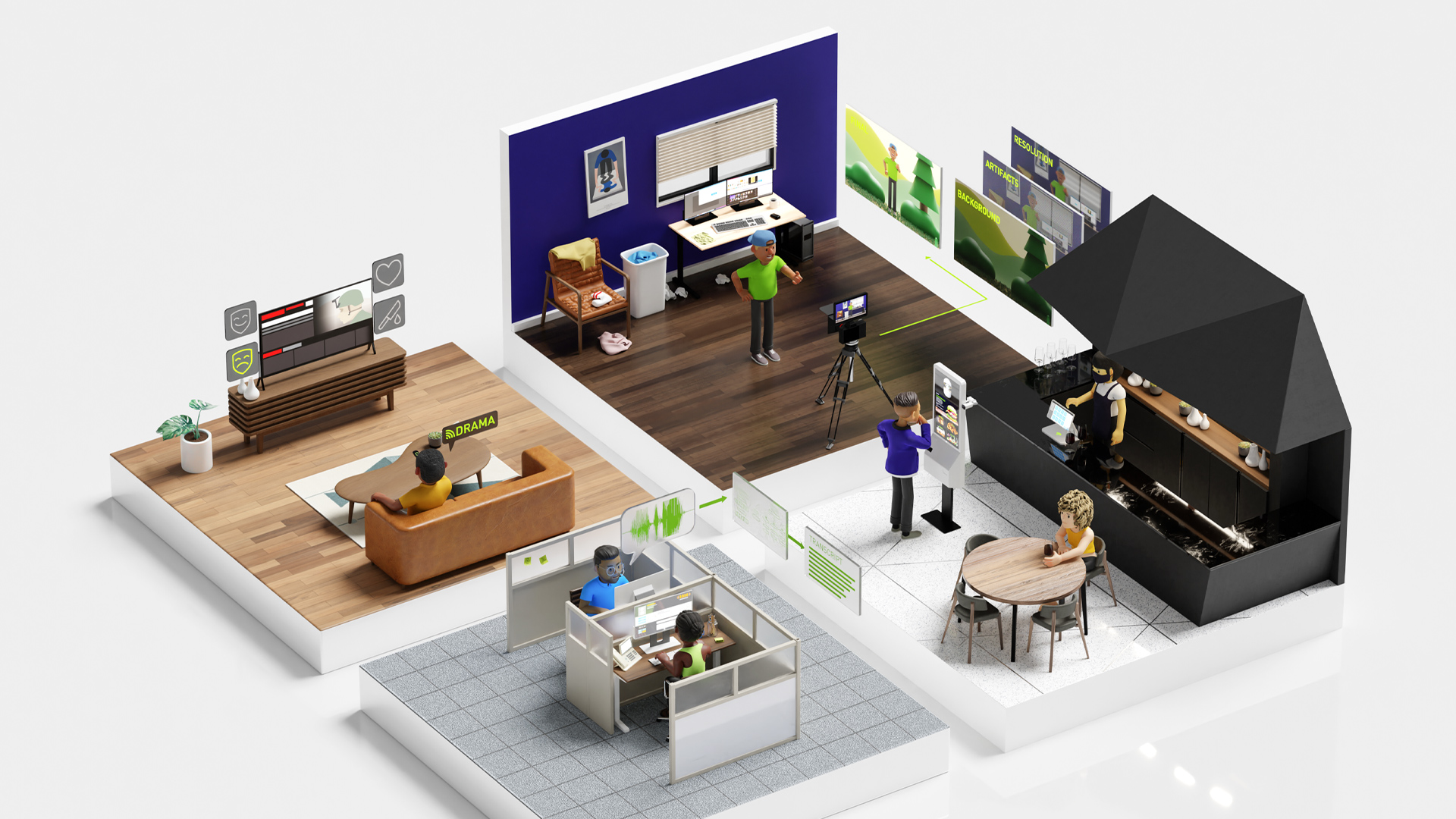NVIDIA recently published Ray Tracing Gems, a deep-dive into best practices for real-time ray tracing. The book was made free-to-download, to help all developers embrace the bleeding edge of rendering technology.
Ray Tracing Essentials is a seven-part video series hosted by the editor of Ray Tracing Gems, NVIDIA’s Eric Haines. The aim of this program is to make developers aware of various terms and concepts used in the field, while also inspiring them with dramatic and beautiful uses of the technology. This post is about the fifth video in this series, Ray Tracing Effects.
Because ray tracing’s operations closely simulate the way light propagates through a scene, it can be used to produce a wide range of effects.
Sharp reflections and hard shadows come out of classical ray tracing, glossy and soft from stochastic ray tracing, and a range of global illumination effects from path tracing. Ambient occlusion can also be computed by ray casting.
Film effects such as depth of field and motion blur can be achieved by varying rays in other ways.
Atmospheric effects and caustics, where light is focused or dispersed by a transparent medium such as glass or water, are also possible.
ADDITIONAL RESOURCES
- A raytracing resources page
- The free Open Access book Ray Tracing Gems
- Ray Tracing Essentials Part 1: Basics of Ray Tracing
- Ray Tracing Essentials Part 2: Rasterization versus Ray Tracing
- Ray Tracing Essentials Part 3: Ray Tracing Hardware
- Ray Tracing Essentials Part 4: The Ray Tracing Pipeline
- Ray Tracing Essentials Part 5: Ray Tracing Effects
- Ray Tracing Essentials Part 6: The Rendering Equation
- Ray Tracing Essentials Part 7: Denoising for Ray Tracing
You can watch the all of the videos in the series on this YouTube Playlist.
On May 12, Eric Haines will present a live webinar about the Ray Tracing Essentials series. There will be a presentation, live Q&A, plus a giveaway of an NVIDIA TITAN RTX GPU (For live attendees only.) Sign up here: https://info.nvidia.com/developer-ray-tracing-webinar-reg-page.html.
